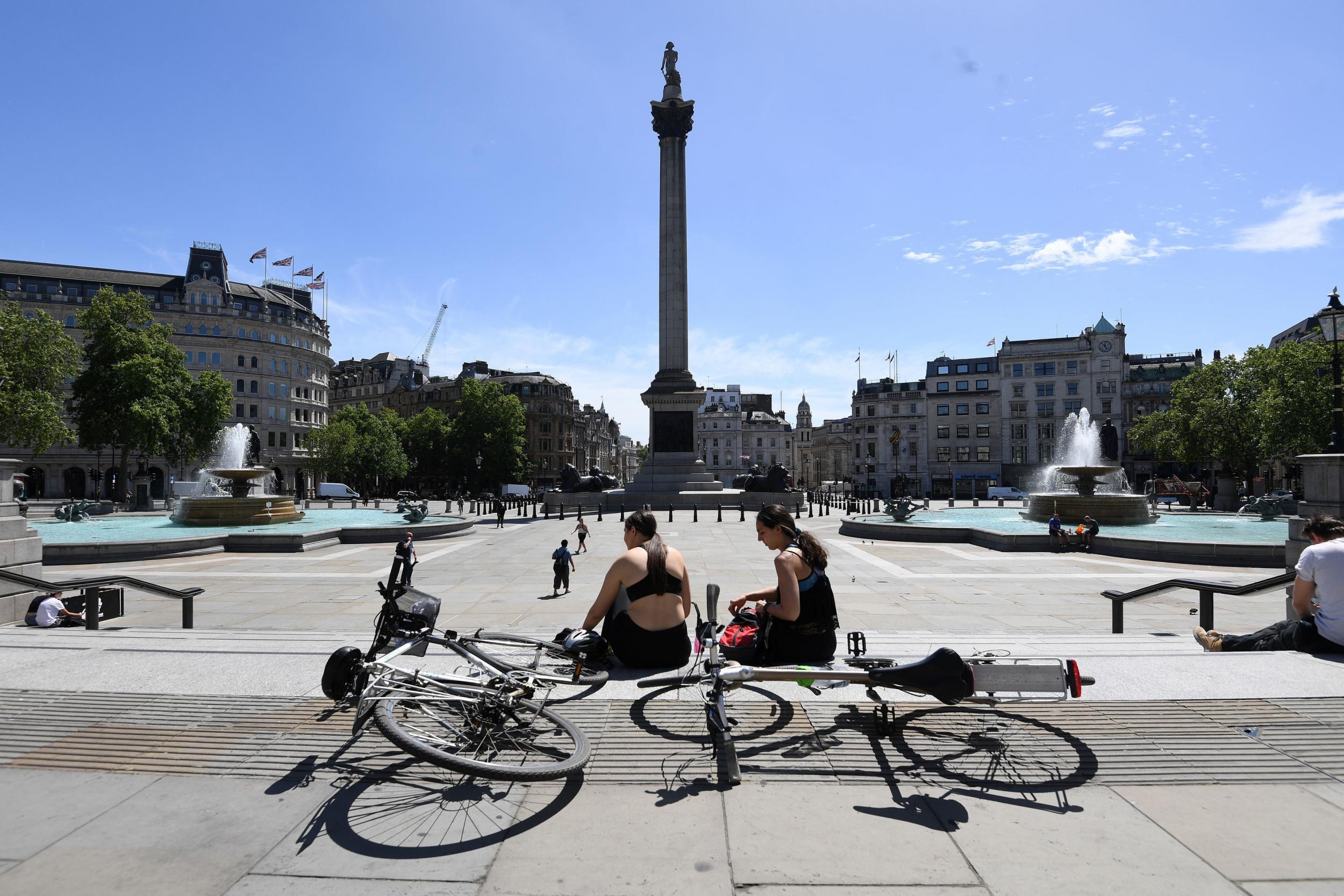How to tackle climate change as the world recovers from coronavirus
As the world slowly emerges from the shock of the coronavirus pandemic it faces stark choices. None will be more important than how it responds to the existential challenge of climate change, writes Jon Bloomfield

What percentage of journeys made each year in Birmingham, Copenhagen and Berlin are cycled? Make a guess. Remember, in these three major European cities, the price of bikes is comparable; the terrain is relatively flat; the weather is broadly similar; and Birmingham is the youngest city in Europe.
The latest figures indicate that cycling makes up 40 per cent of the modal share in Copenhagen, 15 per cent in Berlin and just 1 per cent in Birmingham. Were you close? And whether you were or weren’t, the numbers pose the question: why are the differences so sharp? Basically, the answer is social and political, rather than technical. Copenhagen’s politicians, under the influence of an innovative urban architect Jan Gehl, began to change their system of urban design and planning in the 1960s. At the moment that Spaghetti Junction became the architectural symbol of Birmingham, Copenhagen moved in the opposite direction, gaining public support for moving towards a more human-centred city. Ever since, towns and cities across Europe have been slowly breaking with decades of car-centric thinking.
The pace has been uneven – strongest in Scandinavia, the Netherlands and Germany – but many have been experimenting with solutions that give greater prominence to public transport while offering cyclists, and increasingly pedestrians, more and safer space within their urban infrastructure. In other words, transforming key aspects of the urban mobility system. This is just one example of a wider story. To move from a high carbon to a low carbon society and meet the targets set by the International Panel on Climate Change, we have to change the ways we work, live and move and the systems that underpin them.
Subscribe to Independent Premium to bookmark this article
Want to bookmark your favourite articles and stories to read or reference later? Start your Independent Premium subscription today.
Join our commenting forum
Join thought-provoking conversations, follow other Independent readers and see their replies